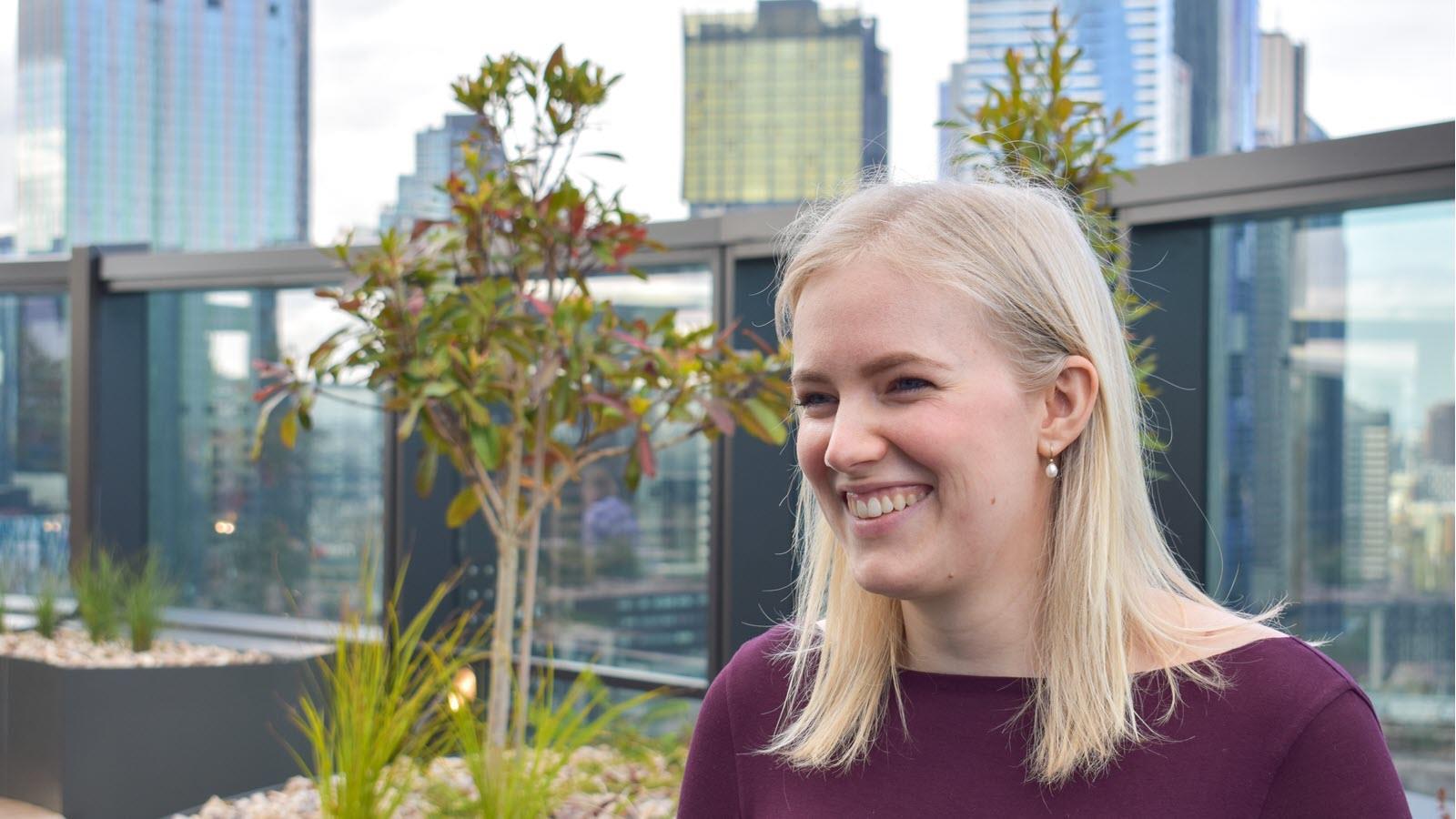Annika Allen, a recent university grad with a degree in chemical and biomolecular engineering, is on a rotation in CSL’s contract manufacturing and outsourcing team as a part of the company’s graduate program. Her official title is Global Procurement Graduate, but you could also call her a main character in “emissions impossible.”
Allen is part of a team working on the tall task of reducing carbon emissions created by CSL suppliers. Known as Scope 3 emissions, they’re the trickiest to measure, and the hardest to tackle because they’re not directly controlled by CSL, a global biotech that makes medicines for rare and serious diseases, as well as vaccines.
Allen says 85% of CSL’s emissions come from 42,000 different suppliers who supply everything from medicine vials and boxes to transportation and professional services. Emissions targets that CSL set in 2022 included a commitment to ensure suppliers who contribute 67% of CSL’s Scope 3 emissions have set their own Scope 1 and Scope 2 reduction targets, aligned with the Science-Based Targets initiative.
Translation: CSL will work with suppliers that create a lot of carbon emissions, also known as greenhouse gas, which is damaging the environment. CSL will reduce its carbon emissions by ensuring that vendors who supply goods and services to CSL are reducing theirs.
Allen says ”emissions impossible” is catchy, but she prefers to think of her role as inviting suppliers on a values-driven journey with CSL.
“We want to make sure that suppliers are reaching the same values we at CSL hold,” Allen said. “Ensuring they value things like collaboration, have a patient focus, and ultimately, are setting and working towards sustainability targets for the betterment of the globe.”
It’s ideal when suppliers have already set their own Scope 1 and Scope 2 targets to reduce carbon emissions, Allen said, and when they haven’t or don’t have immediate plans to, it’s time for a courageous conversation. Allen works alongside a team of procurement managers ready to work with vendors.
Under the direction of Celeste Laker, CSL’s Associate Director, Fractionation Program Delivery, Allen and her colleagues are looking for the most impactful suppliers to partner with. In-house data experts are helping the team find them. They can determine which suppliers produce the most carbon emissions and, therefore, stand to make the biggest dent in carbon emissions by setting their own targets.
“We look at the spend of all 42,000 suppliers and we match those suppliers up with an emissions factor for the category they're in,” Laker said. “From there we take the spend and the emissions factor and we can actually calculate what emissions each supplier puts out. And that creates the baseline for us to take action.”
The supplier-focused team has already made good progress, helping vendors set science-based targets –clearly-defined pathways for reducing greenhouse gas (GHG) – and hitting 40% of the 67% goal.
In some cases, after suppliers commit to their own emissions reductions, CSL can verify their progress through reports from the CDP (formerly Carbon Disclosure Project), a nonprofit global disclosure system for sustainability.
“The CDP gives yearly grades like you're back in school, A, B, C, D or fail,” Allen said.
Annual reports also can help ensure suppliers are staying true to their word, she said. Day-to-day, Allen updates supplier engagement data and prepares research for procurement managers. She appreciates the real-world experience she’s getting.
“I love my job,” Allen said. “I think that’s one of the beneficial things about being at CSL, no matter how big or small, you can see that whatever you do makes an impact.”



